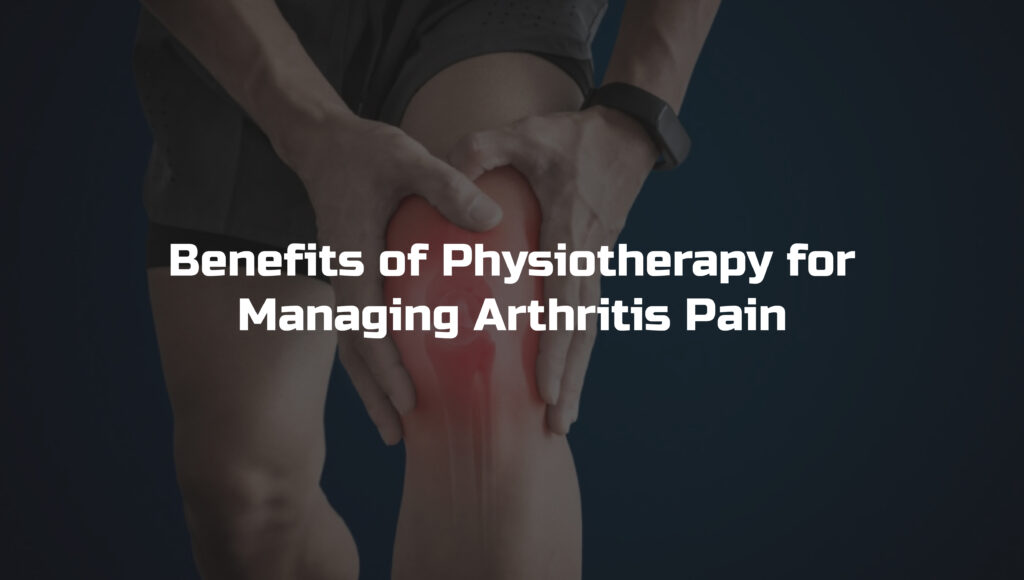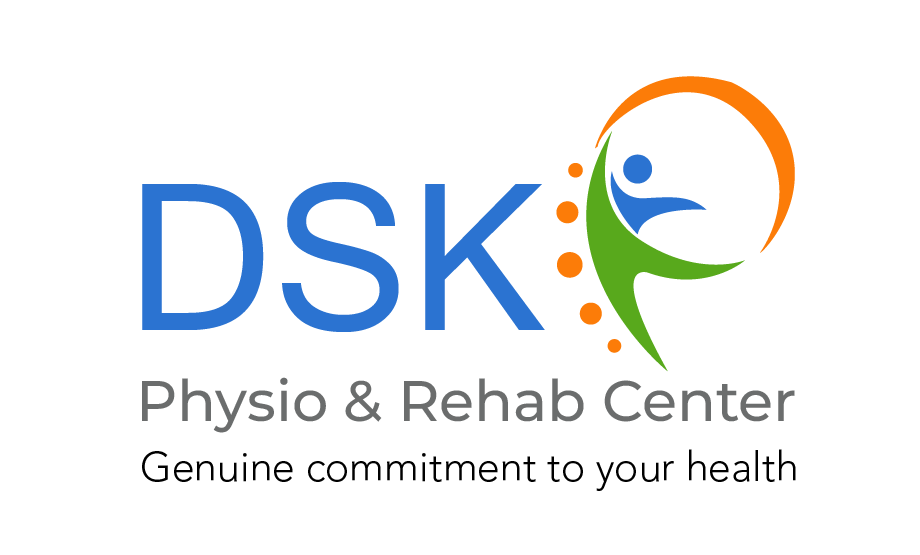051-6103396 dskphysiotherapy@gmail.com Lower Ground Floor, Plaza No. 16, Rafi Arcade 2, Acantilado Commercial, Phase 7 Bahria Town, Islamabad
Benefits of Physiotherapy for Managing Arthritis Pain

Arthritis Pain is a general term for conditions that affect the disordering of joints. Arthritis pain can be crippling. It affects millions of people all across the world, causing discomfort and effecting daily activities. While medication can be helpful, physiotherapy offers a huge approach to managing arthritis pain.
Types of Arthritis Pain
Osteoarthritis:
The most common type of arthritis, caused by wear and tear on the joints. Physical therapy focuses on building a stronger muscle, improve flexibility, and manage pain.
Rheumatoid Arthritis:
An autoimmune disease that causes inflammation in the joints. Physical therapy aims to reduce inflammation, enhance joint mobility, and preserve strength.
Psoriatic Arthritis:
Affects people with psoriasis, a skin condition. Physical therapy helps manage pain, stiffness, and swelling in the affected joints.
How Physiotherapy Helps arthritis pain
Physiotherapy plays an important role in managing arthritis pain by addressing specific areas such as:
Pain Relief for arthritis pain
Physiotherapists use many different techniques to alleviate pain, including heat/cold therapy, manual therapy, therapeutic exercises, and electrotherapy modalities. These inventions help reduce inflammation, increase blood flow to the affected joints, and boost the release of endorphins, the body’s natural painkillers.
Improved Joint Functionality
Through specific exercises and stretching routines, physiotherapy aims to improve joint mobility and flexibility. By gradually increasing the range of motion and strengthening the surrounding muscles, patients can experience increased joint function and low stiffness.
Strengthening Muscles
Weak muscles can increase more stress on your joints. Physiotherapists design comprehensive training programs to target specific muscle groups. Stronger muscles provide better support for your joints. It reduces pain and improve stability.
Posture Correction
Poor posture can enhance arthritis pain by placing excessive strain on the joints. Physiotherapy focuses on correcting posture gaps through specific exercises and sensible advice, helping individuals maintain proper alignment and reduce joint stress.
Education and Self-Management
Physiotherapists educate patients about arthritis, its effects, and self-management strategies to inspire them in their treatment journey. By learning about joint protection, pain relief techniques, and adaptive equipment, individuals can better manage their specific condition on a daily basis.
Personalized Treatment Plans
Every person’s experience with arthritis is different. Physiotherapists make customized treatment plans based on your specific needs and goals. This personalized approach ensures the most effective care.
Extra Information
Physiotherapy is a journey, not a destination. By working with your physiotherapist and incorporating their tips, you can effectively manage your arthritis, move with greater ease, and live a more fulfilling life.
Tips for Managing Arthritis Pain
Stay Active
Regular exercise is crucial. Low-impact activities like swimming, walking, and cycling are excellent for maintaining joint health. Aim for at least 30 minutes of activity most days of the week.
Maintain a Healthy Weight
Excessive weight puts more strain on your joints but it doesn’t mean to be under weight. Losing weight can naturally reduce pain and improve joint functionality. Focus on a balanced diet rich in fruits, vegetables, lean proteins, and whole grains.
Use Assistive Devices
Sticks, walkers, and braces can help reduce joint stress. Consult your physiotherapist to make sure which devices might be helpful for you to your arthritis pain.
practice Good Posture
Poor posture can exacerbate arthritis pain. Sit and stand up straight to reduce strain on your joints. Chairs with ergonomic and cushions can provide additional support.
Proper posture can help reduce stress on your joints. A physiotherapist can assess your posture and teach you exercises to improve it.
Hot and Cold Therapy
Applying heat can relax muscles and increase blood flow to the specific area. Cold packs can increase inflammation and numb painful areas. Use these therapies as needed, but avoid applying extreme temperatures directly to the skin.
Tip:
Stay hydrated, drinking plenty of water helps keep your joints lubricated and healthy.
In The End
Physiotherapy offers various benefits for managing arthritis pain. It can reduce pain, strengthen muscles, enhance mobility, and provide basic education for self-management.
Combined with lifestyle changes and alternative therapies, physiotherapy can significantly increase your standard of life. If you’re struggling with arthritis pain, consult a physiotherapist to develop a personalized treatment plan.
Why choose us
Choose us for expert physiotherapy care for your arthritis pain needs, offering customized treatment plans to reduce pain, increase mobility, and improve your life quality. Our dedicated team at DSK Physio uses modern technology techniques to provide effective, complete care.
FAQ’s
What are the symptoms of arthritis pain?
Common symptoms include joint pain, stiffness, swelling, redness, and decreased range of motion.
What causes arthritis pain?
Causes vary depending on the type of arthritis. Osteoarthritis is caused by wear and tear of the joint cartilage, while rheumatoid arthritis is an autoimmune disorder where the immune system attacks the joints.
